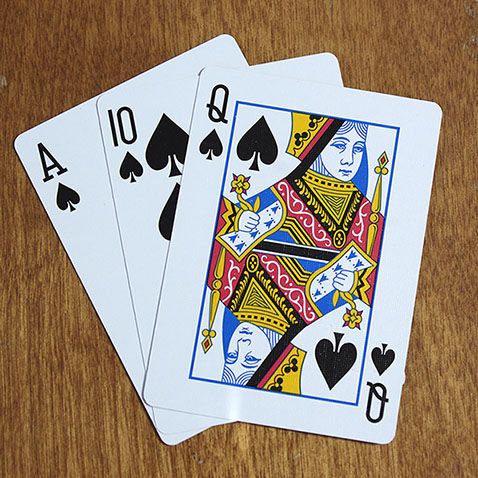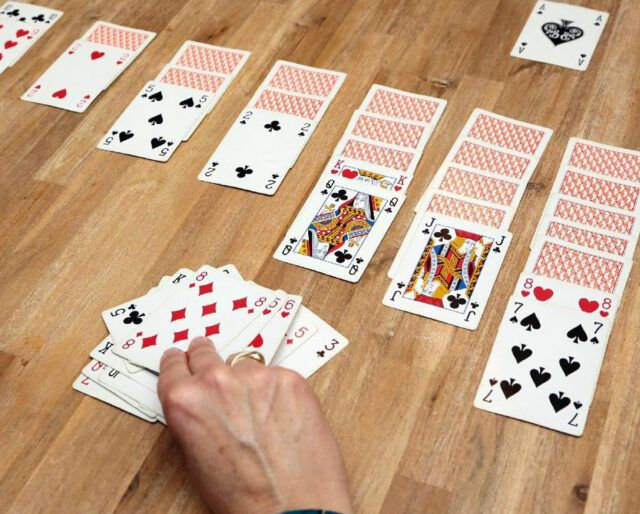
Pyramid Solitaire is a fascinating and engaging card game that tests a player’s strategy and decision-making skills. Unlike traditional Solitaire, which requires arranging cards in a sequential pattern, Pyramid Solitaire poses the unique challenge of pairing cards that add up to a particular sum. If you’re looking to switch up your gaming routine, why not give a game like Solitaire Golf a try on Gamesbob here. This article will walk you through the rules, strategies, and variations of Pyramid Solitaire, a captivating twist on traditional card games.
History of Pyramid Solitaire
The origins of Pyramid Solitaire are somewhat murky, though it is believed to have been born in the mid-20th century. It is part of the larger family of solitaire games, also known as ‘patience’ games in some cultures. Despite the ambiguity of its roots, this version of solitaire has captivated card game enthusiasts for decades with its unique structure and distinctive strategy.
Basic Rules of Pyramid Solitaire
To set up a game of Pyramid Solitaire, you arrange 28 cards into a pyramid structure consisting of seven overlapping rows. Each card in the bottom row is overlapped by two cards from the row above. The remaining cards form a draw pile.
The goal of the game is to remove all the cards from the pyramid. You do this by making pairs of cards that add up to 13. In this game, the numerical cards are worth their face value, Jacks are 11, Queens are 12, and Kings are 13 (and can be removed individually).
Only ‘exposed’ cards can be paired up and removed. A card is considered exposed if there are no other cards overlapping it. Once a pair of cards is removed, it exposes the cards beneath it, allowing for further moves.
The game continues until you’ve removed all the cards from the pyramid, in which case you win, or there are no more valid moves or cards left in the draw pile, in which case you lose.
Strategic Views: Enhancing Your Pyramid Solitaire Game
Even though Pyramid Solitaire is essentially a game of luck, incorporating strategic approaches can greatly improve your chances of winning. Here are a few tips:
- Plan Ahead: Look for potential pairs in the pyramid before making a move. It’s important to consider how your current move will impact future ones.
- Be Patient with the Draw Pile: Try to remove as many pairs from the pyramid before drawing from the pile. The more cards left in the draw pile towards the end, the more choices you have.
- Prioritize Higher Cards: If possible, try to remove Kings, Queens, and Jacks first. These cards are harder to pair up as they require specific cards.

Variations of Pyramid Solitaire
Just like many other card games, Pyramid Solitaire has several variations that add intriguing twists to the original rules. Some of these include:
- Relaxed Pyramid Solitaire: In this version, the entire draw pile is accessible from the start, not just the top card. This allows for more strategic planning and longer gameplay.
- TriPeaks Solitaire: A three-pyramid version of the game. It’s a tougher challenge, as you need to clear all three pyramids to win.
- Giza Solitaire: This variation involves forming two pyramids (one within the other). The inner pyramid has cards face-down, adding another layer of complexity.
Final Thoughts: The Timeless Allure of Pyramid Solitaire
Pyramid Solitaire is more than just a pastime. It’s a game that demands strategy, forward-thinking, and a fair bit of luck. While the rules are relatively simple, every game poses a new challenge, making it an ever-engaging puzzle. Whether you’re a seasoned card shark or a casual player, Pyramid Solitaire is sure to provide a captivating card-playing experience.








